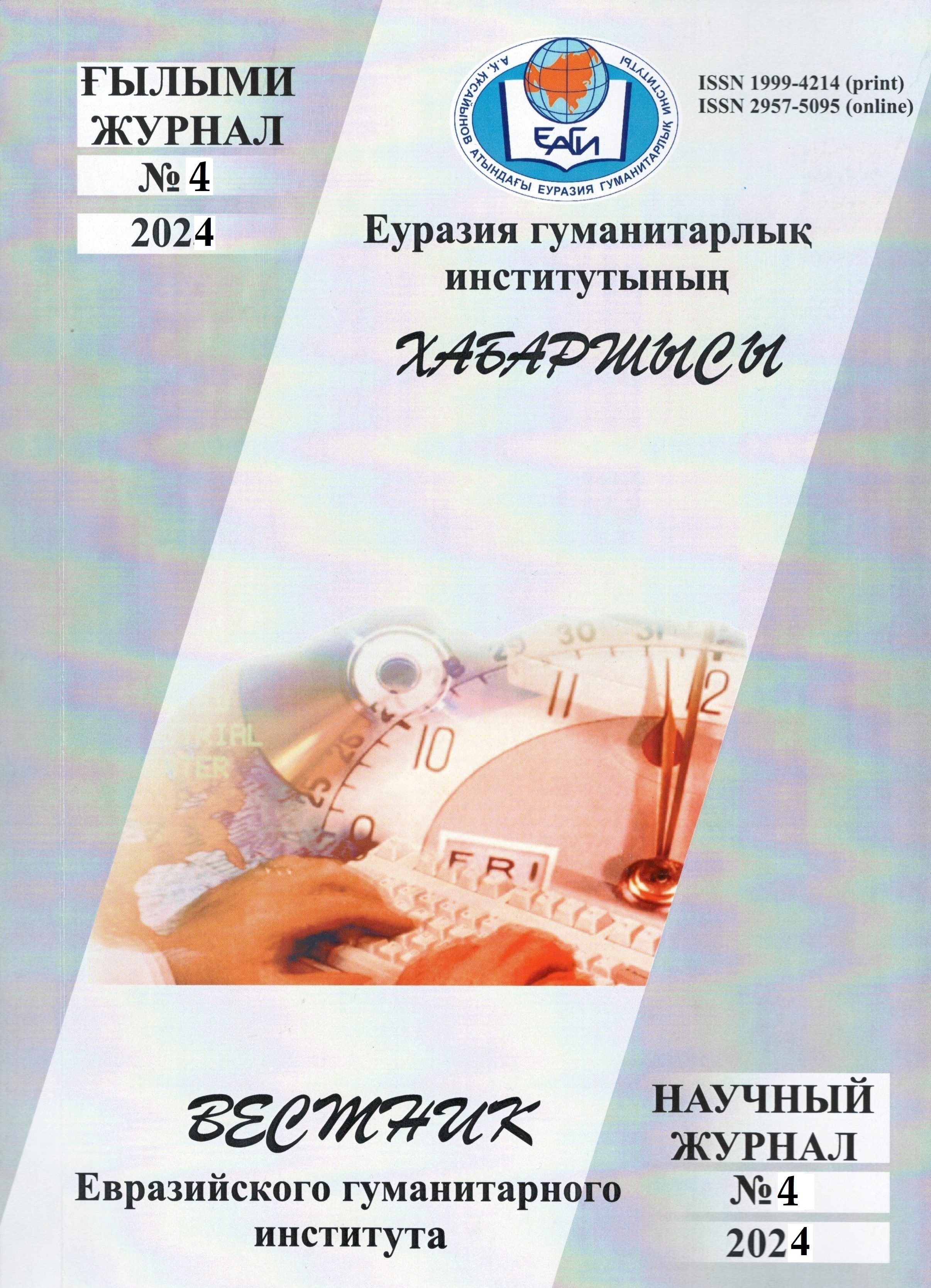THE USE OF VERNACULAR CONTENTS IN GEOGRAPHICAL NAMES AND ITS LINGUISTIC AND COGNITIVE FEATURES
Keywords:
toponymy, lexical features, cognitive-communicative, linguistic analysis, linguistic diversity.Abstract
This article examines the phenomenon of vernacular content in toponymy, focusing on its lexical and cognitive-communicative characteristics. The aim of the study is to identify and analyze the lexical and cognitive-communicative features inherent in toponyms, as well as to clarify their linguistic structures and semantic nuances.
Understanding the lexical and cognitive-communicative features of vernacular toponyms holds both theoretical and practical significance. From a scientific perspective, this research contributes to the field of linguistics by enriching our understanding of linguistic variation and the influence of cultural and social factors on lexical semantics. Practically, the findings may inform various domains, such as geography, cultural studies, and language education, by providing insights into the cultural significance of vernacular toponyms and their communicative functions.
The study employs a multifaceted methodology that combines qualitative analysis of linguistic data with cognitive-communicative approaches. It is based on a comparative framework and utilizes linguistic theories and methodologies to analyze vernacular toponyms and their lexical and cognitive properties.
The analysis reveals unique lexical and cognitive-communicative features of vernacular toponyms. Through semantic analysis, the study elucidates the spatial associations and communicative functions embedded within vernacular toponyms. Furthermore, it demonstrates the role of vernacular toponyms in reflecting vernacular identity, cultural heritage, and linguistic diversity.
This research significantly enhances our understanding of vernacular content in toponymy. By explaining the lexical and cognitive-communicative characteristics of vernacular toponyms, it enriches the scholarly discourse on linguistic variation and cultural expression.
The data obtained from this study have practical implications for various fields, such as geographic information systems, tourism management, and language planning. Understanding the communicative functions and cultural significance of vernacular toponyms facilitates effective interaction, cultural preservation, and the promotion of linguistic diversity.


